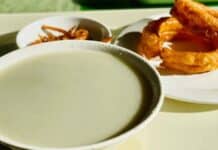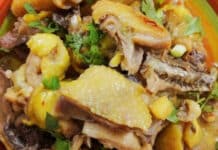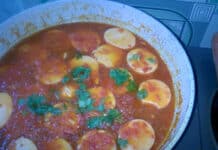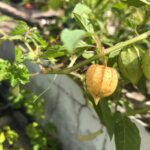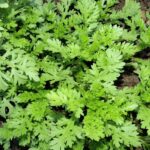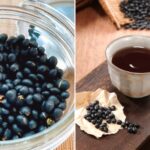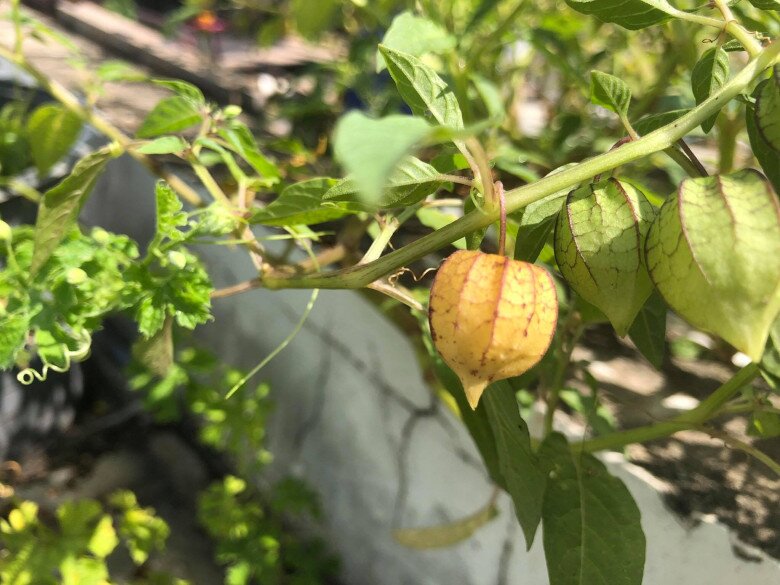
The golden berry, or Physalis, is undoubtedly a nostalgic fruit for many, evoking childhood memories.
In Vietnam, the golden berry is intertwined with childhood recollections: summer afternoons spent running along rice paddies, plucking ripe, golden fruits for a tangy-sweet treat. Its balanced sweetness and slight tartness are enough to awaken the innocence of youth. Meanwhile, in South America—the homeland of Physalis peruviana—this fruit is cultivated meticulously, with selected varieties grown under organic standards. The result is plump, vibrant orange fruits with a sweet, refreshing flavor hinting at strawberries, apples, and grapes. It has become a prized export to Europe, Japan, and the United States.
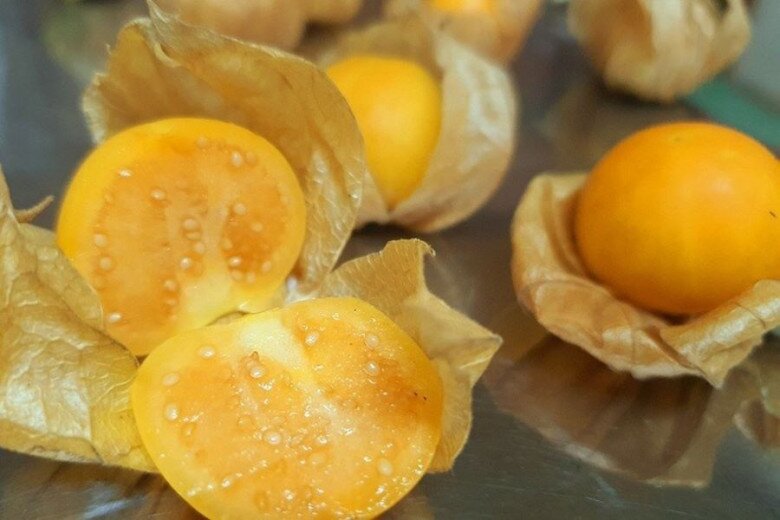
South American golden berries are larger, rounder, and juicier.
Nutritional Value: More Than Just a Tangy Treat
According to nutritional studies, South American golden berries are rich in vitamins and minerals:
Vitamin A: Significantly higher than cherries or blueberries, promoting eye and skin health.
Vitamin C: Boosts immunity and acts as a powerful antioxidant.
Vitamin B3 (Niacin): Supports energy metabolism and benefits the nervous system.
Minerals (iron, calcium, phosphorus): Strengthen bones and joints, particularly beneficial for pregnant women.
Antioxidants: Protect the liver and kidneys, preventing premature aging.
In traditional Vietnamese medicine, the wild golden berry (Physalis angulata) is valued for its cooling properties, treating sore throats, coughs, and skin infections. Thus, both folk wisdom and modern science recognize its health benefits.
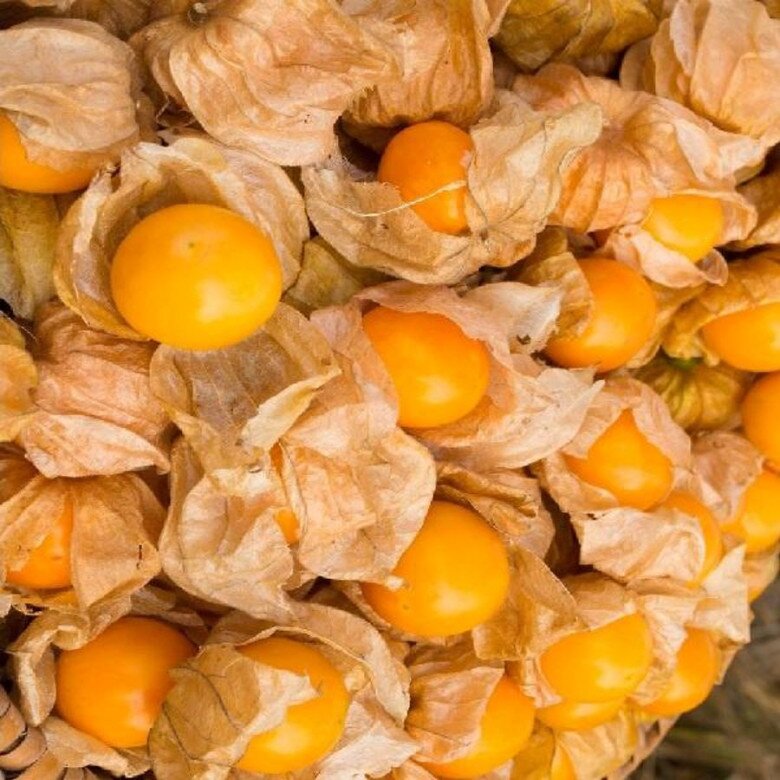
While in rural areas, golden berries are simply eaten fresh or used in soups with young leaves, in upscale restaurants, South American golden berries have become a creative ingredient: Fresh Snack: A healthy, low-calorie option. Dessert Decoration: The golden fruit, encased in its dry lantern-like husk, adds an artistic touch to wedding cakes, mousses, and fruit tarts. Salads and Yogurt: Halved and mixed with lettuce, cheese, olives, or paired with Greek yogurt. Jams and Smoothies: Transformed into jams or blended with mangoes and bananas for smoothies. Detox Drinks: Combined with oranges, passionfruit, and mint for a vitamin-rich, visually appealing beverage.
In South America, golden berry wine—a light, fruity wine—is a popular choice for celebrations.
Commercial Value: From Wild Fruit to Luxury Item
In Vietnam: Wild golden berries grow abundantly in fields, rarely making it to markets. When sold, a bunch of young leaves costs only a few thousand dong.
Abroad: In Japan, a 100g tray of South American golden berries costs around 338 yen (~70,000 VND), or nearly 700,000 VND/kg. In Europe, prices range from 8 to 12 euros/kg, and in Vietnam, imports can reach 400,000–500,000 VND/kg.
Beyond supermarkets, chefs seek golden berries for their aesthetic appeal. A single golden fruit, nestled in its delicate husk, offers both flavor and visual charm—a quality that makes it a staple at luxurious events.
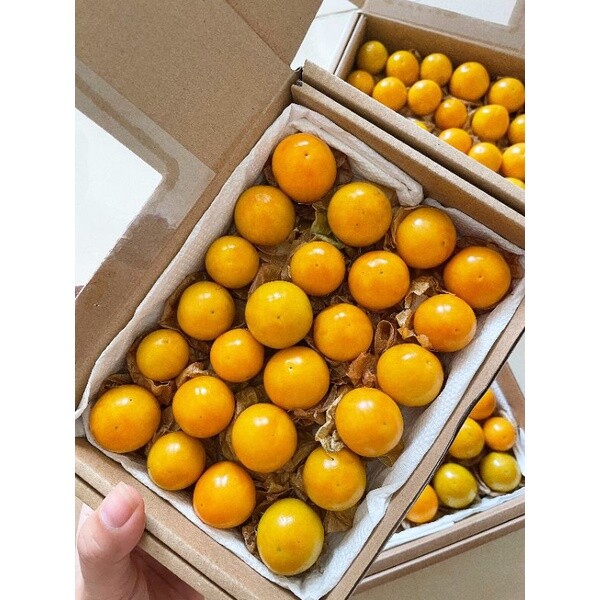
The golden berry’s journey suggests a new path: with proper selection, organic cultivation, creative processing, and effective marketing, even a humble wild plant can become a high-value product.
If purslane has graced five-star restaurant menus, and pennywort from local markets has become a trendy “detox” drink, why can’t Vietnam’s golden berries become a specialty? Perhaps the question is whether we’ve invested enough in this “treasure by the roadside.”
Wild Berries Once a Common Childhood Snack in Vietnam Now Fetch Up to $30/kg as a Sought-After “Superfruit” Abroad
In South America, the birthplace of Physalis peruviana (Cape Gooseberry), this fruit is cultivated with meticulous care, using organic standards and selective breeding. The result is a vibrant, golden-orange fruit, plump and bursting with a sweet, delicate flavor that hints at notes of strawberry, apple, and grape. Renowned as a specialty, it is exported to Europe, Japan, and the United States, captivating palates worldwide.
How Many Cups of Roasted Black Bean Water Should You Drink Daily?
Black bean coffee is a delicious and healthy beverage that has gained popularity among health-conscious individuals. But are we maximizing its potential health benefits and consuming it safely? This introductory paragraph aims to intrigue readers and set the tone for an informative article that explores the optimal ways to harness the power of black bean coffee without encountering any undesirable side effects.
Iron-Rich Amaranth: A Blood-Boosting Vegetable, But A No-Go For These 4 Groups
Red Amaranth is a nutrient-rich vegetable with exceptional health benefits. But is it suitable for everyone?
This vibrant vegetable boasts an impressive nutritional profile, offering an array of vitamins and minerals essential for optimal health. However, despite its superb nutritional value, red amaranth may not be a suitable addition to every diet. Certain individuals should exercise caution when considering incorporating this vegetable into their meals.












